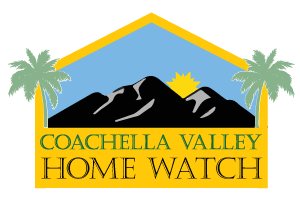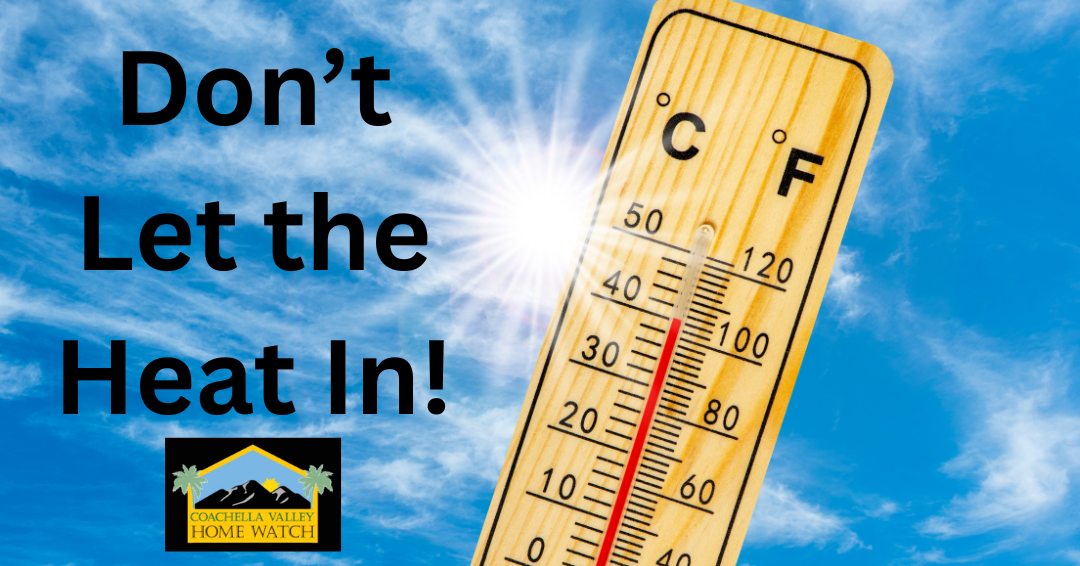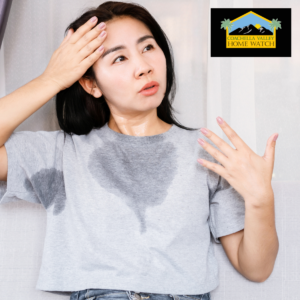For seasonal residents of the Coachella Valley, few things are as comforting as the hum of a reliable air conditioning system. But when you’re hundreds—or even thousands—of miles away, a malfunctioning HVAC system can quickly spiral into a homeowner’s nightmare.
With summer temperatures in the Coachella Valley frequently soaring above 110°F, your home isn’t just vulnerable to discomfort—it’s at risk of serious and costly damage.
The Silent Danger: What Happens When the A/C Fails?
Your HVAC system does more than cool the air. It regulates indoor humidity, protects structural materials, and prevents heat-sensitive electronics from breaking down. But if the system shuts off due to a mechanical issue, power surge, or thermostat failure, your home can become unlivable in a matter of hours.
Without regular monitoring, it could stay that way for days—or weeks.
Here’s what can go wrong when your air conditioning stops working during a Coachella Valley summer:
1. Warped Floors, Cabinets, and Wood Fixtures
Extreme heat causes materials like wood and laminate to expand, shift, and warp. Flooring can buckle, cabinets can split at the seams, and adhesive materials may weaken or melt. These repairs are expensive—and usually not covered by standard insurance without a clear record of routine monitoring.
2. Mold Growth from Trapped Humidity
Even in the desert, a sealed home without airflow can trap humidity, especially from plumbing sources or evaporative coolers. If warm, moist air stagnates inside your home, mold can form on walls, ceilings, behind cabinetry, and even inside your HVAC ductwork.
3. Heat Damage to Electronics and Appliances
Electronics are sensitive to prolonged exposure to high temperatures. Everything from smart home hubs to refrigerators, modems, routers, and flat-screen TVs are at risk. In some cases, devices may shut down permanently—or even pose a fire risk.
Why One-Time Checks Aren’t Enough

Many seasonal homeowners schedule a quick inspection before leaving for the summer. That’s a smart start—but what happens after that check-up means everything.
A/C systems can fail weeks after you’ve left. And without anyone inside the home, the signs go unnoticed:
- The thermostat’s offline
- The power tripped during a storm
- A minor refrigerant leak escalated
- The outdoor condenser is blocked or damaged
At Coachella Valley Home Watch, our ongoing visits include full climate checks. We don’t just glance at the thermostat—we make sure your HVAC system is working as intended, and we test for consistent performance. If anything is off, we alert you immediately and coordinate with trusted HVAC pros to fix it fast.
What We Do During a Summer HVAC Check

When our team conducts a summer home watch visit, we:
- Confirm interior temperatures align with thermostat settings
- Listen for unusual sounds from the HVAC system
- Check airflow from vents and inspect for obstructions
- Assess the thermostat for battery life, error messages, or Wi-Fi disconnection
- Inspect exterior condensers for blockages or physical damage
- Look for condensation or water near air handlers or ductwork
And if we find a problem? You’re the first to know. We act quickly—because time matters when the heat is climbing.
FAQ: A/C Failures in Unoccupied Homes
Q: How long does it take for heat to cause damage after an A/C failure?
A: In 110+°F temperatures, indoor heat can spike dramatically within hours. Within 24–48 hours, you may see flooring damage, adhesive failure, or mold if humidity is trapped inside.
Q: Can’t my smart thermostat alert me to a failure?
A: Smart thermostats are helpful, but they rely on stable power and internet. If either goes down, you may receive no alerts at all. Physical, in-person checks are the most reliable.
Q: What if I have an HVAC service plan already?
A: Great! But those plans don’t include frequent in-home checks. If something goes wrong between service intervals, your home could suffer damage before the next scheduled visit.
Q: How often should someone check my home during summer?
A: We recommend bi-weekly visits, at a minimum. In peak summer, weekly checks offer better protection—especially for larger homes or those with history of A/C issues.
Protect Your Investment with Ongoing Home Monitoring
You’ve invested in a beautiful Coachella Valley property. Don’t let the desert heat undo all that with a single system failure. At Coachella Valley Home Watch, we provide custom monitoring schedules, professional inspections, and rapid response—so you never have to wonder what’s happening in your home while you’re away.
Let us be your eyes, ears, and peace of mind.
📞 Call us today at (760) 205-2072
Or visit CoachellaValleyHomeWatch.com to schedule a complimentary consultation.
Because in the desert, you can’t afford to leave your A/C—or your home—unchecked.





